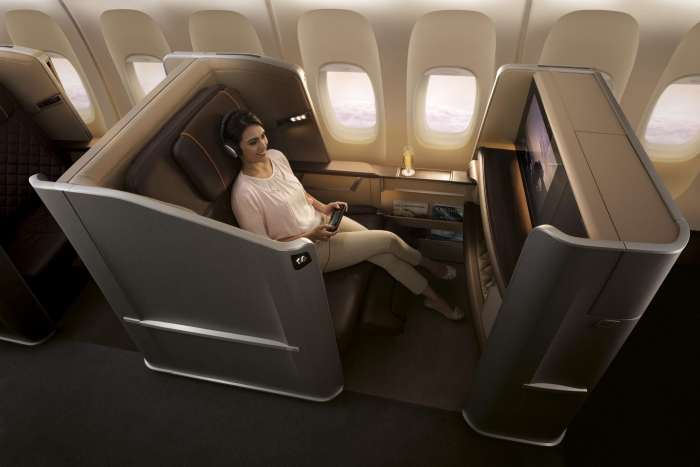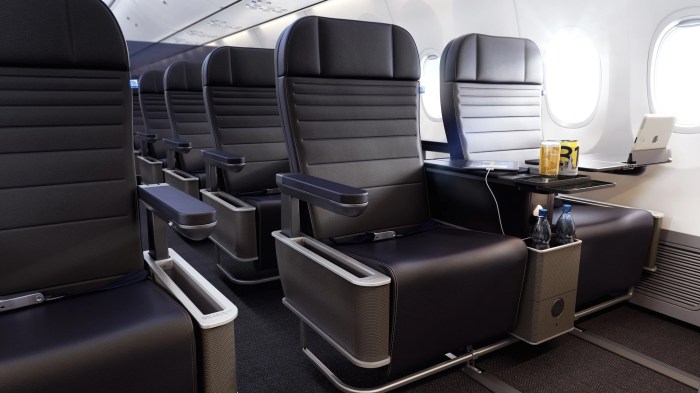First class airlines has 40 pilots for every 15 aircrafts – First class airlines maintain a ratio of 40 pilots for every 15 aircraft, a testament to their commitment to safety and operational efficiency. This ratio ensures that there are always enough qualified pilots available to operate flights on schedule, even in the face of unexpected events.
The factors that influence this ratio include flight schedules, aircraft size, and pilot availability. First class airlines carefully plan their flight schedules to minimize the number of pilots needed at any given time. They also use a variety of aircraft sizes, from small regional jets to large wide-body aircraft, which requires a different number of pilots to operate.
Pilot to Aircraft Ratio

In first class airlines, maintaining a balanced ratio of pilots to aircraft is crucial for ensuring operational efficiency and safety. The industry standard ratio of 40 pilots for every 15 aircraft has significant implications.
Factors influencing this ratio include flight schedules, aircraft size, and pilot availability. Airlines must carefully plan flight schedules to optimize aircraft utilization and ensure sufficient pilot coverage. Larger aircraft require more pilots, while smaller aircraft can be operated with fewer.
Pilot availability is also a key factor, as airlines need to maintain a reserve of qualified pilots to cover unexpected absences or emergencies.
Pilot Training and Qualifications

First class airline pilots undergo rigorous training and certification processes to ensure their competence and safety. Training programs typically include:
- Ground school: Theoretical knowledge and technical skills
- Simulator training: Realistic flight simulations
- Flight training: Supervised flying experience
Upon completing training, pilots must obtain certification from regulatory authorities, demonstrating their proficiency and adherence to safety standards.
Pilot Rostering and Scheduling

Optimizing pilot availability and workload is essential for efficient operations. First class airlines employ various methods for pilot rostering and scheduling, including:
| Method | Description |
|---|---|
| Line of flying | Assigned flight schedules for specific periods |
| Reserve roster | Pilots on standby for last-minute assignments |
| Flexible duty system | Allows pilots to adjust their schedules within certain limits |
Airlines must balance the need for pilot availability with considerations such as fatigue management, workload distribution, and crew rest requirements.
Pilot Compensation and Benefits: First Class Airlines Has 40 Pilots For Every 15 Aircrafts
First class airline pilots receive competitive compensation and benefits packages, including:
- Base salary
- Flight pay
- Per diem allowances
- Health and retirement benefits
- Stock options
Compensation packages vary depending on factors such as seniority, aircraft type, and airline profitability. Pilots in first class airlines typically earn higher salaries and benefits compared to those in other airlines.
Pilot Career Progression

First class airlines offer various opportunities for pilot career progression. Pilots can advance their careers through:
- Promotions to more senior ranks (e.g., captain, check airman)
- Specialized training (e.g., instructor, examiner)
- Management positions (e.g., flight operations manager)
Career progression depends on factors such as performance, experience, and leadership skills. First class airlines invest in pilot development and provide opportunities for growth and advancement.
Key Questions Answered
Why do first class airlines have a 40 pilots to 15 aircraft ratio?
First class airlines maintain this ratio to ensure that there are always enough qualified pilots available to operate flights on schedule, even in the face of unexpected events.
What factors influence this ratio?
The factors that influence this ratio include flight schedules, aircraft size, and pilot availability.
How do first class airlines ensure that they have enough qualified pilots?
First class airlines carefully plan their flight schedules, use a variety of aircraft sizes, and maintain a rigorous pilot training and certification process to ensure that they have the qualified pilots they need.